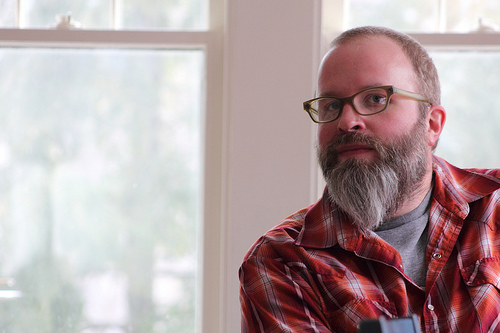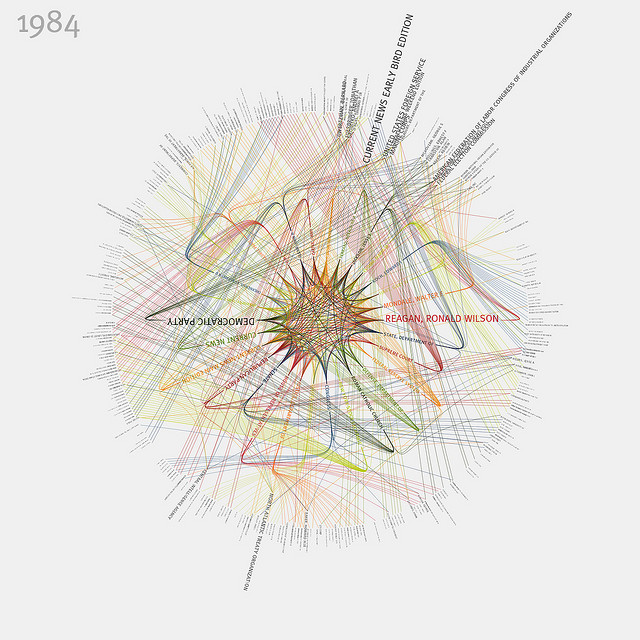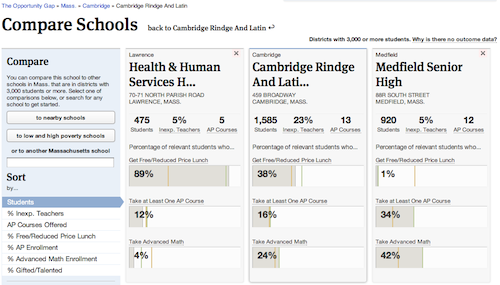The following post is from Liliana Bounegru (European Journalism Centre), Jonathan Gray (Open Knowledge Foundation), and Michelle Thorne (Mozilla), who are planning a Data-Driven Journalism in a Box session at the Mozilla Festival 2011, which we recently blogged about here. This is cross posted at DataDrivenJournalism.net and on the Mozilla Festival Blog.
We’re currently organising a session on Data-Driven Journalism in a Box at the Mozilla Festival 2011, and we want your input!

In particular:
- What skills and tools are needed for data-driven journalism?
- What is missing from existing tools and documentation?
If you’re interested in the idea, please come and say hello on our data-driven-journalism mailing list!
Following is a brief outline of our plans so far…
What is it?
The last decade has seen an explosion of publicly available data sources – from government databases, to data from NGOs and companies, to large collections of newsworthy documents. There is an increasing pressure for journalists to be equipped with tools and skills to be able to bring value from these data sources to the newsroom and to their readers.
But where can you start? How do you know what tools are available, and what those tools are capable of? How can you harness external expertise to help to make sense of complex or esoteric data sources? How can you take data-driven journalism into your own hands and explore this promising, yet often daunting, new field?
A group of journalists, developers, and data geeks want to compile a Data-Driven Journalism In A Box, a user-friendly kit that includes the most essential tools and tips for data. What is needed to find, clean, sort, create, and visualize data — and ultimately produce a story out of data?
There are many tools and resources already out there, but we want to bring them together into one easy-to-use, neatly packaged kit, specifically catered to the needs of journalists and news organisations. We also want to draw attention to missing pieces and encourage sprints to fill in the gaps as well as tighten documentation.
What’s needed in the Box?
- Introduction
- What is data?
- What is data-driven journalism?
- Different approaches: Journalist coders vs. Teams of hacks & hackers vs. Geeks for hire
- Investigative journalism vs. online eye candy
- Understanding/interpreting data:
- Analysis: resources on statistics, university course material, etc. (OER)
- Visualization tools & guidelines – Tufte 101, bubbles or graphs?
- Acquiring data
- Guide to data sources
- Methods for collecting your own data
- FOI / open data
- Scraping
- Working with data
- Guide to tools for non-technical people
- Cleaning
- Publishing data
- Rights clearance
- How to publish data openly.
- Feedback loop on correcting, annotating, adding to data
- How to integrate data story with existing content management systems
What bits are already out there?
- Open Data Manual
- Data Patterns
- Data Journalism Manual
- List(s) of Free/Open Tools for working with data
- Data Journalism Developer Studio
What bits are missing?
- Tools that are shaped to newsroom use
- Guide to browser plugins
- Guide to web-based tools
Opportunities with Data-Driven Journalism:
- Reduce costs and time by building on existing data sources, tools, and expertise.
- Harness external expertise more effectively
- Towards more trust and accountability of journalistic outputs by publishing supporting data with stories. Towards a “scientific journalism” approach that appreciates transparent, empirically- backed sources.
- News outlets can find their own story leads rather than relying on press releases
- Increased autonomy when journalists can produce their own datasets
- Local media can better shape and inform media campaigns. Information can be tailored to local audiences (hyperlocal journalism)
- Increase traffic by making sense of complex stories with visuals.
- Interactive data visualizations allow users to see the big picture & zoom in to find information relevant to them
- Improved literacy. Better understanding of statistics, datasets, how data is obtained & presented.
- Towards employable skills.














